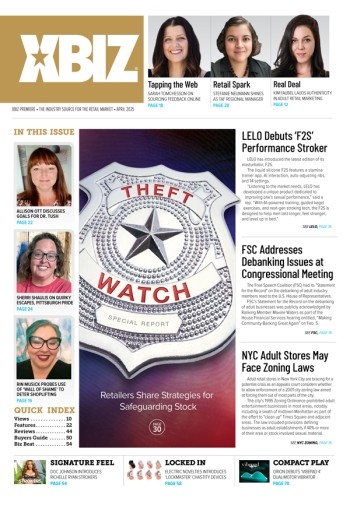Representing the first-generation of computing power added to mobile devices, native applications are fast and powerful, but require target specificity and intimate knowledge of a particular platform. Native applications can also provide easier access to popular distribution outlets, such as Apple’s App Store, forming a path for reaching customers.
Lie Luo of Global Intelligence Alliance (GIA) explains that a native app is one that is specifically designed to run on a device’s operating system and machine firmware, and typically needs to be adapted for different devices. A web app, or browser application, on the other hand, is one in which all or part of the software is downloaded from the Internet each time it runs, and can usually be accessed from any connected mobile device.
They allow access to a mobile device’s full functionality — bringing high-end features to adult content marketing, as well as other tangible benefits.
“For instance, a native application developed for the iPhone will need to run on its proprietary iOS platform or on Symbian for many Nokia devices, and so forth,” Luo told mobiThinking. “A web app, however, is typically coded in a browser-rendered language such as HTML combined with JavaScript.”
Luo notes that while architectural differences will likely remain between native and web applications for the foreseeable future, the user experiences provided by both mobile interfaces are becoming increasingly blurred.
“Most native apps utilize real-time web connectivity and web apps provide offline modes that can be accessed without network connectivity,” Luo stated. “As a result, some of these apps are now referred to as hybrid apps.”
Hybrid applications are an increasingly popular compromise ensuring cross-platform compatibility along with robust access to the device’s camera, GPS and other hardware.
One tool to maximize the power of hybrid apps is PhoneGap (www.phonegap.com), an Open Source HTML5 and JavaScript platform allowing developers to author native applications using familiar technologies while receiving access to APIs and app stores.
GIA asked publishers that offer native and web apps to compare the two, finding that twice as many operators saw higher user adoption, usage volume and engagement (i.e. duration of usage per session), with native apps.
“30 percent of these publishers actually saw over 100 percent higher usage volume and engagement on native apps as compared to web apps,” Luo stated.
“Our study also found that native apps deliver a higher click-through rate (CTR) among the ad-serving publishers, although experiences can vary by company and content category.”
Luo says that GIA expects native apps to maintain their lead in user adoption and engagement over the near term; but that is soon to change as web apps gain better access to native device features.
For budget-strapped adult marketers, producing native applications requires a higher level of technical know-how and imparts a strict device-imposed shelf-life to the product, making a hybrid or web app approach a more compelling alternative for many uses.






